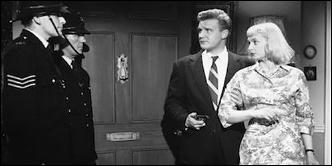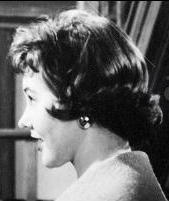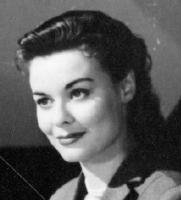Tue 29 Mar 2016
A Movie Review by Jonathan Lewis: FORT APACHE, THE BRONX (1981).
Posted by Steve under Crime Films , Reviews[5] Comments
FORT APACHE, THE BRONX. Time-Life/20th Century Fox, 1981. Paul Newman, Edward Asner, Ken Wahl, Danny Aiello, Rachel Ticotin, Pam Grier, Kathleen Beller. Screenplay: Heywood Gould, suggested by the experiences of Thomas Mulhearn and Pete Tessitore. Director: Daniel Petrie.
I would venture that Fort Apache, The Bronx is one of those movies that elicits either strong positive or negative reactions, with few observers taking a neutral position on this gritty police procedural. Part of it, I suppose, concerns the subject matter; namely, the NYPD and its efforts (or lack thereof) to police the decaying, drug-infested, burnt-out South Bronx in late 1970s/early 1980s.
The other aspect that likely provokes strong reactions is the fact that Fort Apache, The Bronx is less a plot-driven story than it is a character study of a middle aged cop trying to find meaning both personal and professional life. Indeed, the movie veers from crime film to romantic drama in the blink of an eye and then back again to crime film, often leaving the viewer less that surefooted as to where the movie is headed and what’s coming up next: more personal drama or a nasty, violent sequence showing the utter depravity of the criminal element in one of (at the time) New York’s roughest neighborhoods.
Count me in the (all things considered) strongly positive camp, albeit with some caveats.
Fort Apache, The Bronx was not directed by a well-known auteur and it certainly doesn’t have the same emotional punch as the grindhouse classic, Death Wish (1974), let alone Martin Scorsese’s brilliantly bleak Taxi Driver (1976), gritty New York films both.
It does, however, have some exceptional standout performances by not only leading man Paul Newman, but also by supporting cast members Ken Wahl, Ed Asner, and Pam Grier.
Newman, a fine actor more than capable of taking on demanding roles, portrays Murphy, a cynical, world-weary middle-aged cop stationed in the South Bronx. The precinct house, his real home, is nicknamed “Fort Apache†signifying that the station is less akin to a “normal†police station and more like a Western cavalry outpost in hostile Indian territory. Unfortunately, it’s a theme that doesn’t get played up as much as it might have.
The plot basics: After a strung-out prostitute named Charlotte (Grier) murders two cops in broad daylight, Murphy and his young partner, Corelli (Wahl) are tasked by their new by-the-book boss (Asner) with rooting out the criminal element from the neighborhood and shaking them down for information on the cop killer. Little do the cops know that the killer isn’t a male suspect; rather that it’s the devilishly sociopathic hooker who has been responsible for an entire series of seemingly senseless grisly slayings. Complicating matters for the mismatched duo is endemic police corruption, the local heroin trade, and Murphy’s burgeoning romance with an emergency room nurse.
Eventually, all the various subplots come together, some neatly and others not so comprehensively. All of this may give some viewers a sense of incompleteness, as if the various strands were never adequately resolved. But that, in my estimation, was the whole point of the film. Police work, especially in a beleaguered neighborhood in a dying part of town, is never really going to provide its participants with a total sense of closure.
Overall, Fort Apache, The Bronx is a solid piece of filmmaking. Largely filmed on location, what the movie lacks in imagination, it more than makes up with stark images of decay and dilapidation. There’s one scene in particular, located toward the end of the movie that remains etched in my mind. Murphy (Newman) is walking alone on the sidewalk just below the elevated subway tracks. In the context of what has recently happened to his character, it’s a beautifully haunting scene begging the question as to what possible impact a solitary man can have in the midst of such sadness and disorder.


